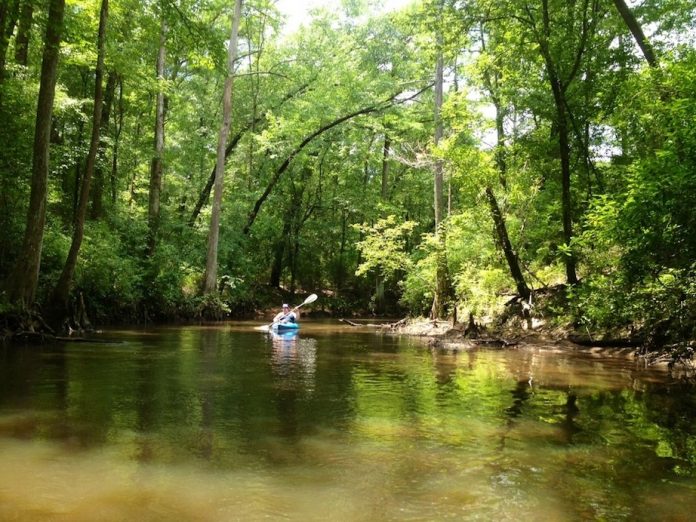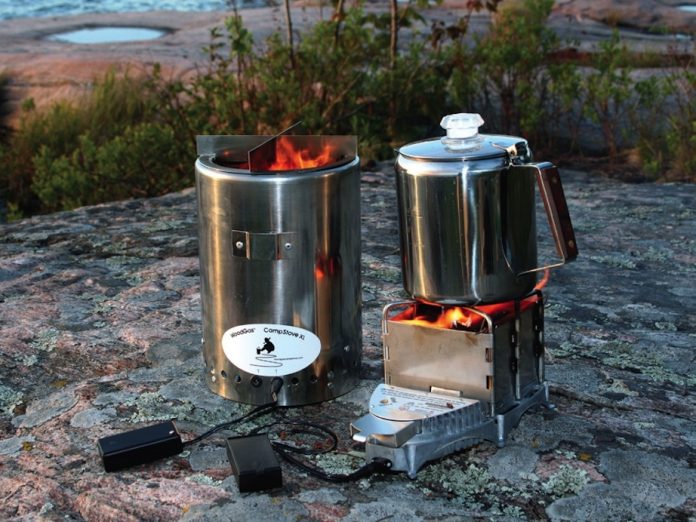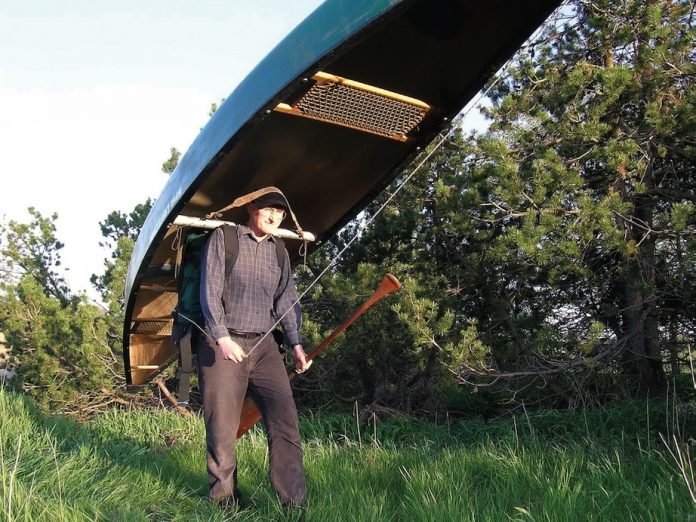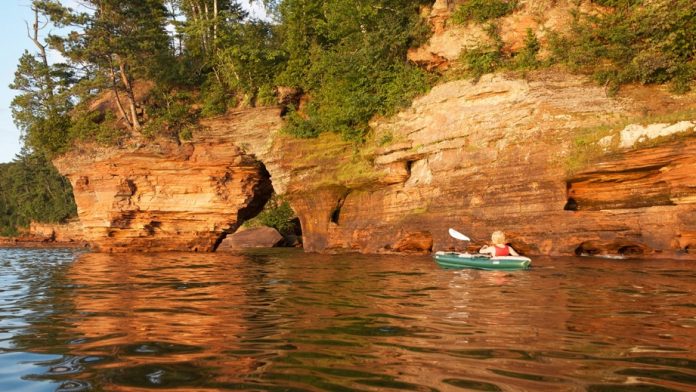This canoeing destination piece originally appeared in the ACA section of Canoeroots and Family Camping magazine.
The Bartram Canoe Trail resides on Durbin Creek in Jacksonville, FL. Created over 25 years ago, it is now maintained by Eric Bersinger and Josh Woods—two dedicated paddlers, members of the St. Johns Riverkeeper organization and founders of the Durbin Creek Wilderness Society. Bersinger and Woods have committed themselves to preserving the ecological and historical integrity of this scenic waterway so that it may be enjoyed by all. The Bartram Canoe Trail is on the westernmost part of the Julington-Durbin Creek Preserve, accessible from Race Track Road. This nine-mile trail is rich with biodiversity including rare Centennial Cypresses lining the shores and bald eagle, osprey, wading birds and songbirds frequenting the area. Bersinger says, “I defy anyone to show me a more beautiful area to kayak in Northeast Florida.”
The Bartram Trail Canoe Park continues to improve the trail with floating campsites, hiking trails, trash receptacles, information kiosks, and more. For more information about the Bartram Canoe Trail and restoration efforts, visit http://bartramcanoetrail.blogspot.com.
This article appeared in Canoeroots & Family Camping, Early Summer 2012.











